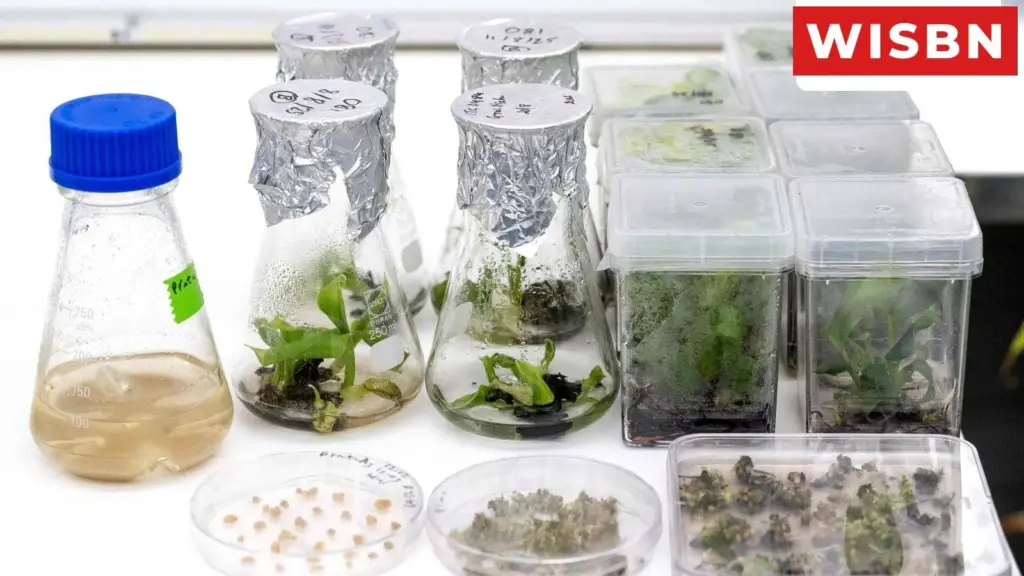India is preparing to set up five state-of-the-art seed breeding centres nationwide to promote advanced seed research and create high-yielding, disease-tolerant crop varieties, senior government sources said.
India already operates two such centres at Indian Council of Agricultural Research (ICAR) units, and officials told Mint the number is likely to rise to seven by the end of this fiscal year.
Seed breeding technology accelerates crop improvement by establishing controlled environmental parameters such as temperature, light intensity, and photoperiod inside chambers, enabling seed processing in a much shorter timeframe than conventional methods.
The multiplication of seeds from the initial plant-breeding material to the final seeds distributed to farmers is termed a ‘generation.’ This technique can be applied to crops including wheat, rice, cotton, soybean, millets, maize, and mustard.
A regulated atmosphere speeds up plant development, permitting multiple generations per year instead of the one or two possible under natural conditions. This shortens a seed’s breeding cycle by 2–3 years, cutting it down from the present six years.
This progress is noteworthy because the centres will enable scientists to develop and release new varieties in a shorter span.
“The shortening of the breeding cycle will enable researchers to rapidly develop a new variety. This progress will hasten the creation of high-yielding, disease-resistant, and quality crop varieties, making them available to farmers sooner,” Mangi Lal Jat, secretary, Department of Agricultural Research and Education (DARE), and director general, Indian Council of Agricultural Research (ICAR), told Mint.
The planned facilities will be established at ICAR institutes across the country, such as the Central Institute for Cotton Research (CICR), Nagpur; Indian Institute of Rice Research (IIRR), Hyderabad; Indian Agricultural Research Institute (IARI), New Delhi; Indian Institute of Agricultural Biotechnology (IIAB), Ranchi; and Indian Institute of Maize Research (IIMR), Ludhiana. Some centres will focus on a single crop, while others will cater to multiple crops.
Each centre will require an investment ranging from ₹2 crore to ₹12 crore, depending on size and amenities.
The facilities are anticipated to transform crop research by allowing the development of four crop generations per year, thereby markedly shortening breeding cycles. In conventional agriculture, a farmer or researcher can typically achieve only one or two generations per year due to seasonal constraints. But with controlled environments, researchers can produce four generations annually.
“With the aid of technology, the breeding cycle will fall to two to three years from the current six years, which will ensure that genome-edited varieties or hybrid varieties reach the fields much sooner,” said D.K. Yadav, deputy director general (crop science), ICAR, Delhi.
The research facilities at the Indian Institute of Mustard Research, Bharatpur, Rajasthan, and the Central Soil Salinity Research Institute (CSSRI), Karnal, Haryana, are already operational, with others due to begin shortly, Yadav added.
Traditionally, it takes 8–10 years to develop a new crop variety and transfer it to the fields. Speed-breeding centres can shave three to four years off this timeframe. That means farmers would obtain access to high-yielding and climate-resilient varieties considerably earlier, aiding them to boost productivity and incomes.
“By enabling multiple crop generations each year, these centres will accelerate the delivery of high-yielding, climate-resilient seed varieties. For farmers, this translates to faster access to improved seeds that can resist pests, diseases, and unpredictable weather, leading to higher yields and more stable incomes,” said Ajai Rana, chairman of the Federation of Seed Industry of India.
Between 2014 and 2024, the National Agricultural Research System, comprising ICAR institutes and state and central agricultural universities, developed 2,900 location-specific improved crop varieties and hybrids. These included 1,380 cereals, 412 oilseeds, 437 pulses, 376 fibre crops, 178 forage crops, 88 sugarcane varieties, and 29 other crops.
The agriculture and allied sectors account for about 16% of India’s GDP and sustain roughly 46.1% of the population. These seed breeding centres are likely to raise productivity and enhance farm incomes. This initiative comes at a time when climate change and erratic weather patterns are exerting unprecedented pressure on agriculture.
See also: Exploring Dejima Japan’s Historic Western Trading Post



